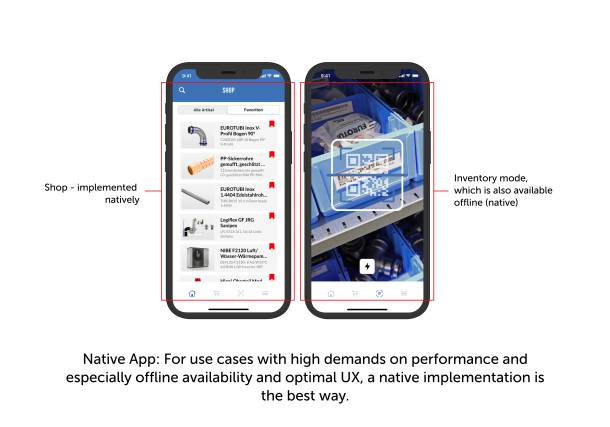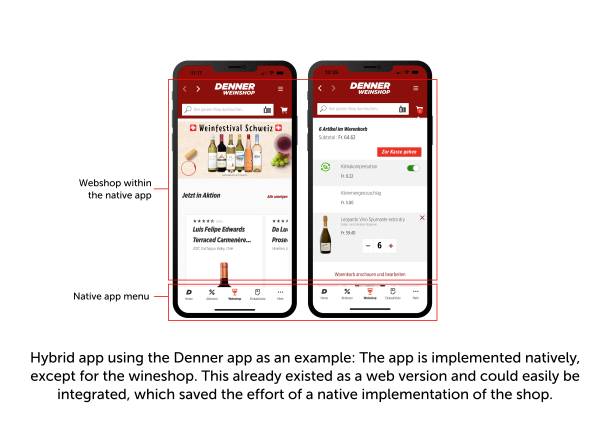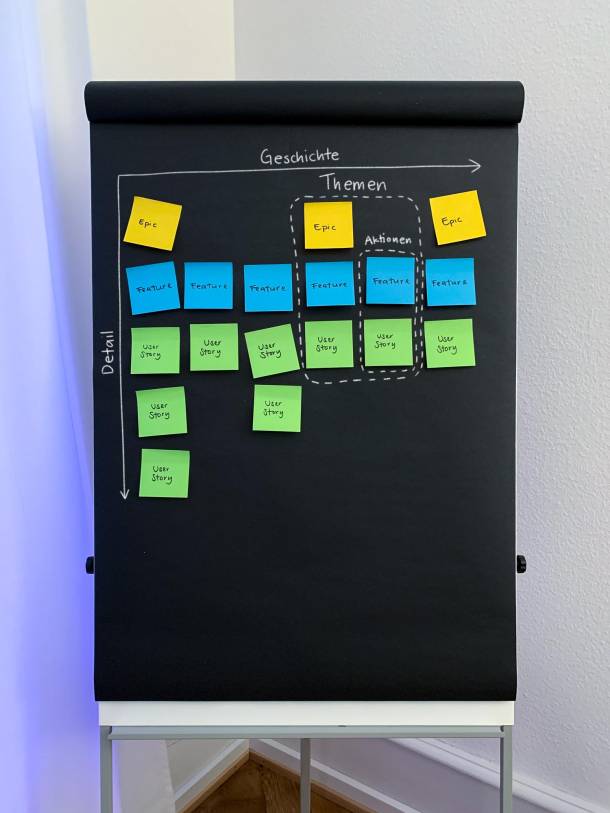When we receive an enquiry, the first statement is - unsurprisingly - often: We want to develop an app. This almost always means an app that you download from the App Store and install on your smartphone.
However, when the needs and requirements are clarified in more detail, it sometimes turns out that an app from the App Store is not the only possible solution. But what are the alternatives? We present the main types of apps and compare the different approaches including their advantages and disadvantages in this blogpost.














